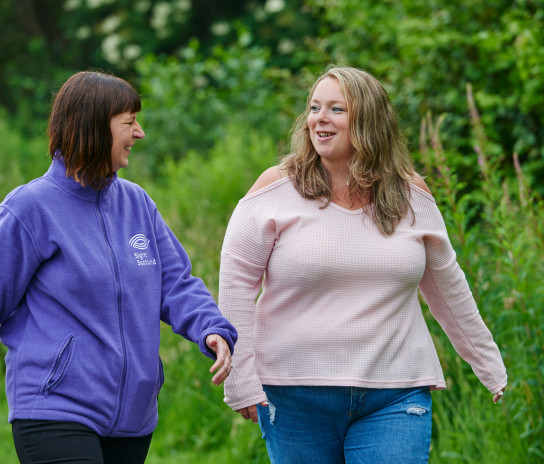What is a sighted guide?
Sighted guiding is when a person offers their arm to help guide someone to walk safely from one location to another.
Why is sighted guiding so important?
This assistance is very important because it empowers the guided person to be in control of their walking pace and the direction of travel. It helps the guided person be aware of obstacles, and to reach their chosen destination safely and confidently.
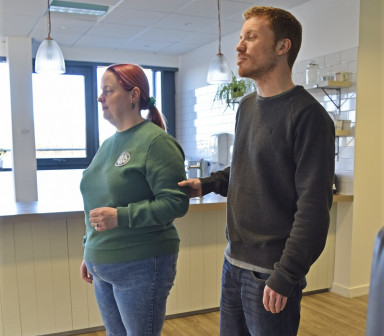
Our recommended techniques for sighted guiding
Here are five basic tips for sighted guiding.
1. Check if assistance is required
-
It’s a good idea to ask the person with visual impairment if they would like to be guided.
-
If yes, ask which arm they wish to be guided by.
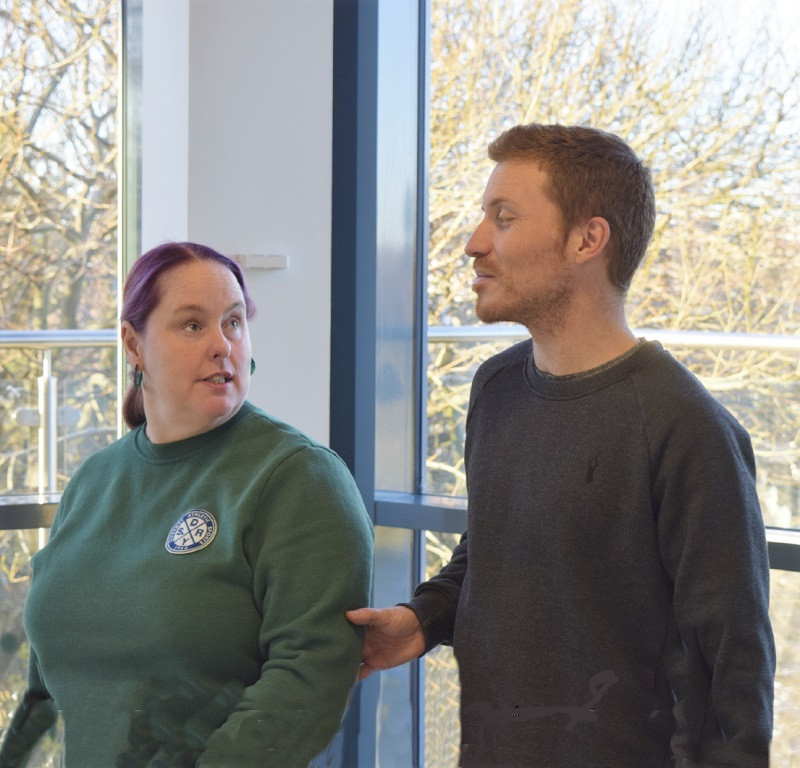
2. Stand beside and slightly ahead of the person being guided
-
Face the same direction, and the person being guided should be half a step behind the guide
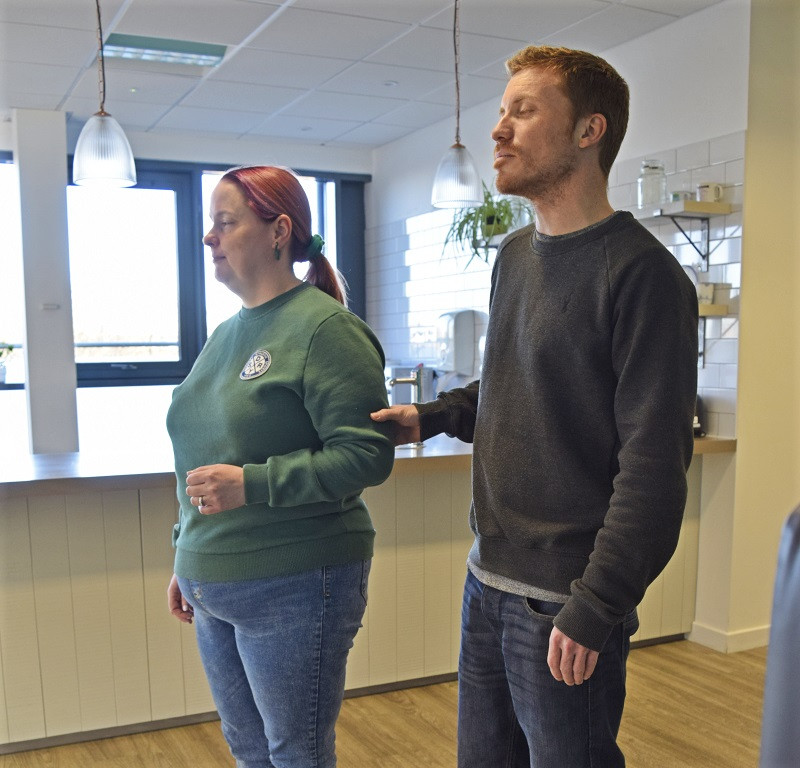
3. Guide with your arm
-
The person being guided should hold on to the back of the guide’s upper arm, just above the elbow, in a pincer grip. A pincer grip is the same grip you'd use to hold a glass of water.
-
The guide should keep their arm relaxed and close to their body.
4. Indicate if the path narrows
-
If you approach a narrow passageway, the guide should move their elbow behind their back.
-
This indicates to the guided person that they should follow behind the guide, in single file.
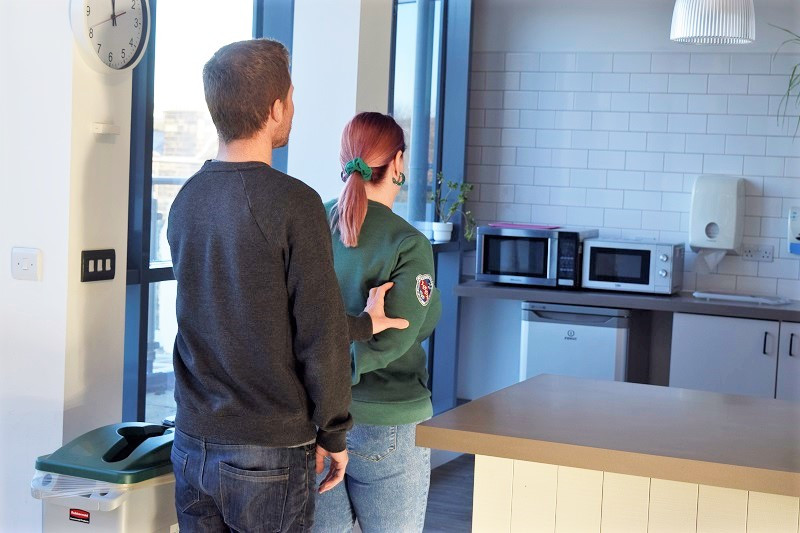
5. Give information and warnings
-
The guide should verbally announce upcoming obstacles and hazards, and changes in direction or walking speed. For example, “We will turn left around a corner soon”.
-
The guide can also describe the walking surface, such as, “There is a cobbled street ahead of us, which we’ll step on to soon”.
You can learn more Sighted Guiding techniques
These are basic techniques for short distances. But there are many advanced techniques you can use to help people with sight loss to travel between different locations.
These techniques include going through doorways, finding a seat, getting into and out of a vehicle, and ascending or descending stairs.
You can learn advanced techniques at a full training session on sighted guiding. Our Sight Scotland Rehabilitation and Mobility Team can provide sighted guide training to you, your family, and your friends, carers or colleagues.
You can call our Rehabilitation and Mobility Line on 0131 385 7488.
You may also be interested in
Rehabilitation services in Edinburgh and the Lothians
We provide support to people affected by sight loss, and help to maintain and build their independence.
How to organise the kitchen to make cooking easier for people with visual impairment
This video demonstrates how to organise the kitchen area to enable a person with a visual impairment to easily locate items and cook a meal.
Lee's story
Lee says that thanks to our Community Service’s support, he’s now able to get out of his house and live his life again.
